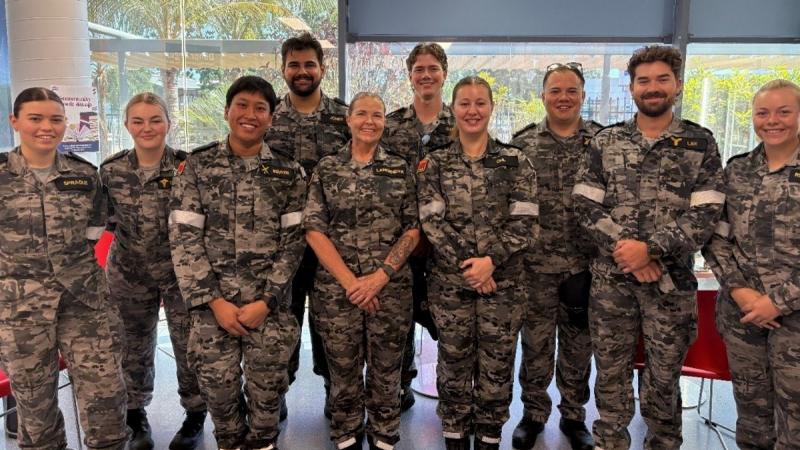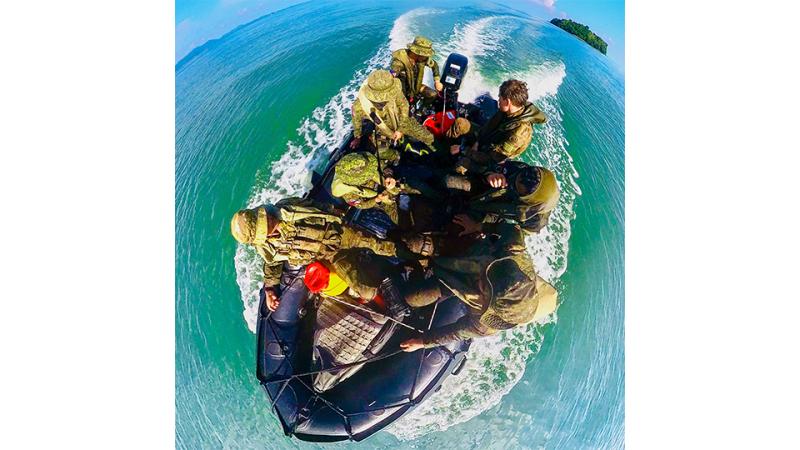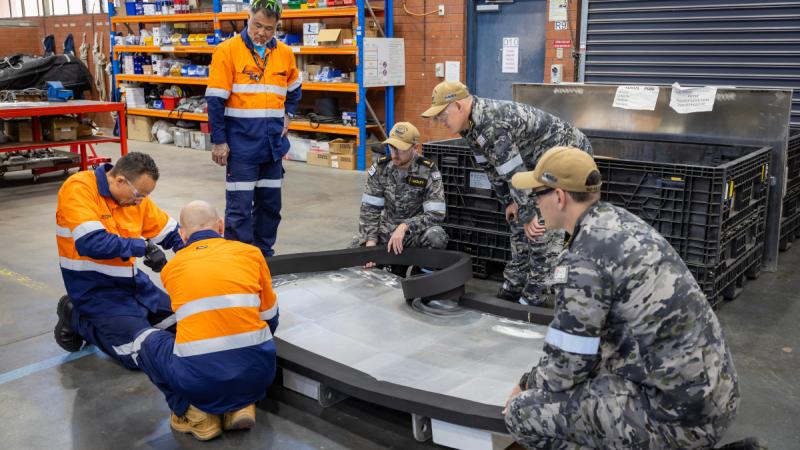18 June 2025
Smoke, screams and chaos set the scene as a truck ploughed into a train packed with football fans during a major multi-agency exercise in rural Victoria on May 30.
The simulated train crash had to be cleared by Victorian Country Fire Authority and State Emergency Service crews before Ambulance Victoria crew members, augmented by Defence medics and St John Ambulance, could move in to triage and treat the injured.
Teams navigated the wreckage to locate patients, assess injuries and coordinate evacuations.
The injuries ranged from spinal trauma and heavy bleeding to significant chest trauma.
The night-time scenario tested military and civilian health-and-rescue teams as they worked to manage mass casualties and complex rescues.
For Private Kasey Marsden, one of the Defence medics, the experience was intense, chaotic, rewarding and eye-opening.
“Everyone's lights and sirens were on; the truck was crashed into the side of the train and there was a smoke machine simulating the dust,” Private Marsden said.
“I really enjoyed working with the other agencies and being a lead clinician when it came to extricating casualties from the train.”
Lieutenant Jake Kociancic, the lead planner behind Defence’s involvement, said the event was a valuable step in strengthening partnerships with civilian emergency services.
'The more realistic and high-fidelity we can make our training scenarios, the better our first responders will be able to respond to real-world incidents.'
“It was fantastic to see all the training that Defence puts our people through work really well," Lieutenant Kociancic said.
"They knew exactly what they needed to do and how to do it.”
It was the first time Defence formally took part in the exercise, which comprised more than 200 volunteer personnel from emergency services from across Victoria.
Defence participants included nursing officers and medics from Joint Health Command - Puckapunyal Health Centre, School of Armour, School of Transport, PE&E Greytown and 3rd Health Battalion.
Apart from testing clinical skills, it also highlighted the importance of communication and collaboration in a high-pressure environment.
The exercise gave Defence clinicians a rare chance to practise moulage skills, work under civilian command and build ties with emergency services.
The exercise followed Victoria’s emergency response procedures, giving Defence medics a chance to see how civilian teams run a major incident.
“The more realistic and high-fidelity we can make our training scenarios, the better our first responders will be able to respond to real-world incidents,” Lieutenant Kociancic said.


